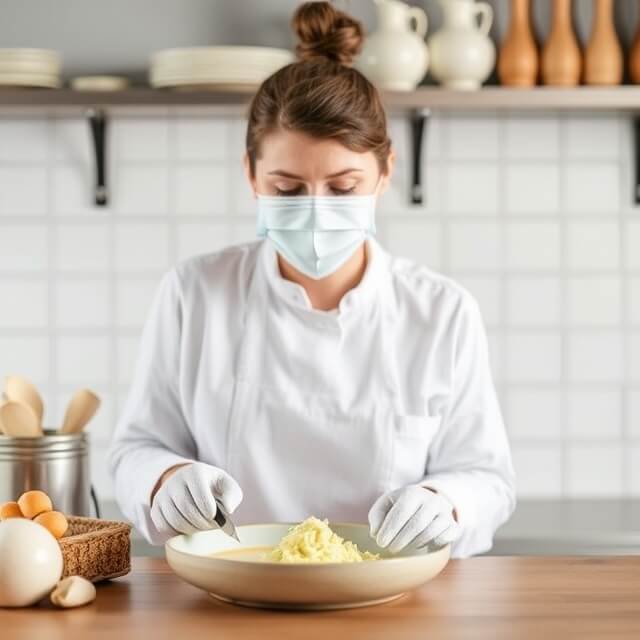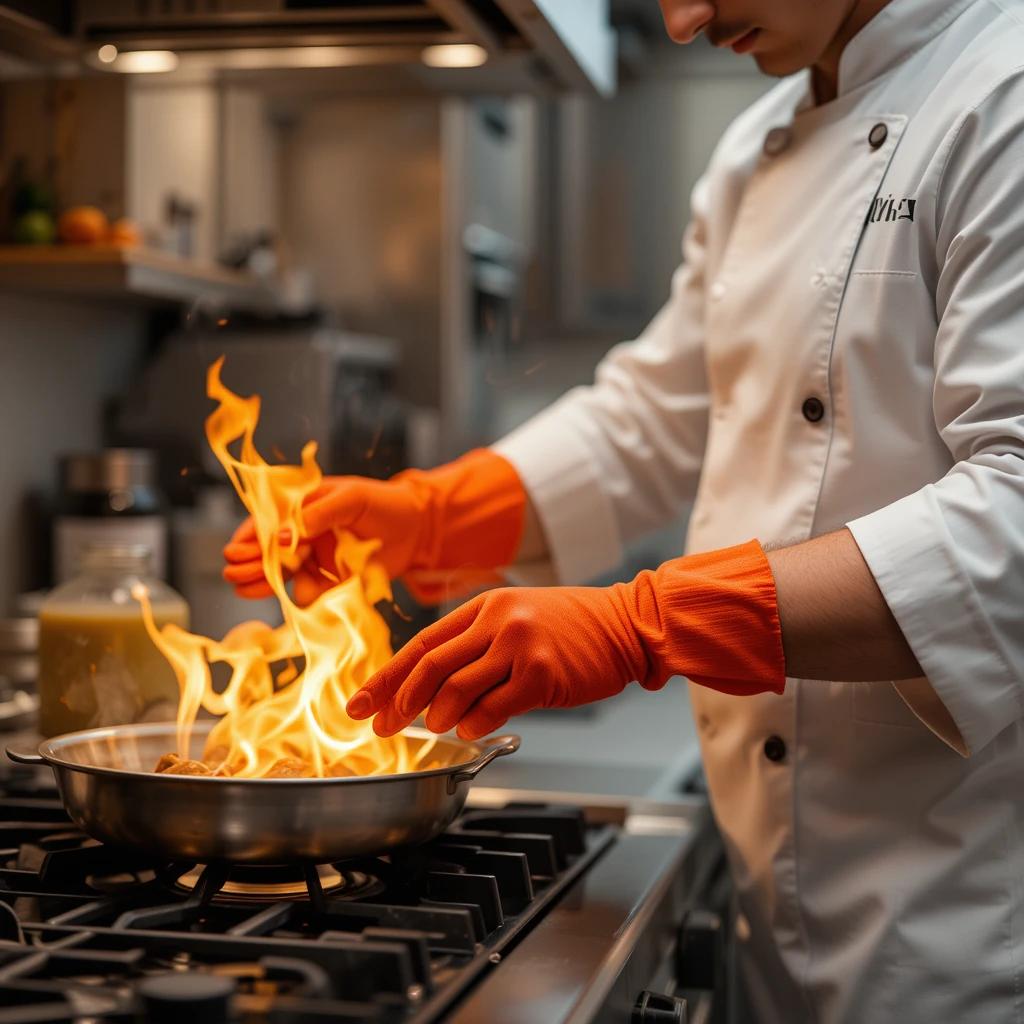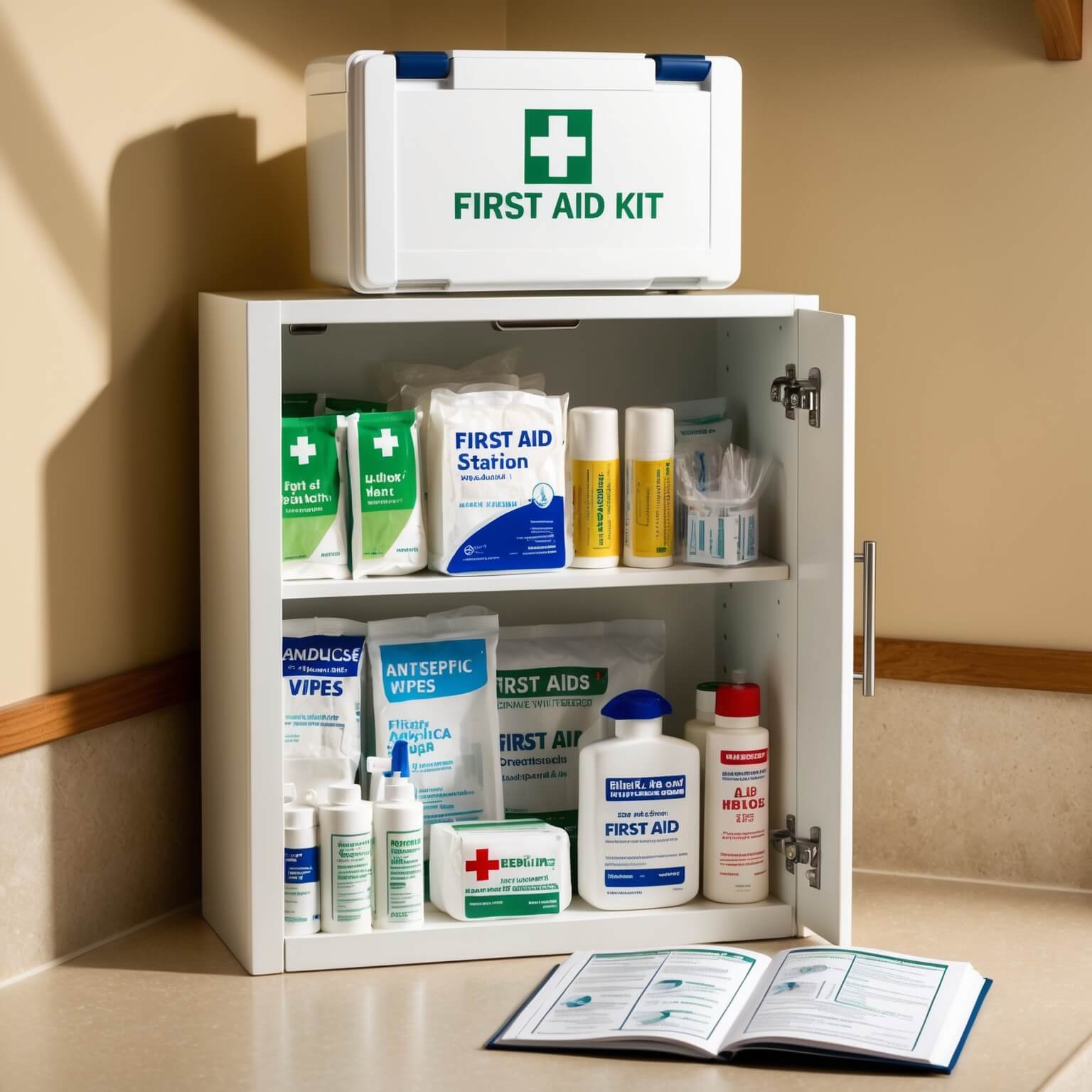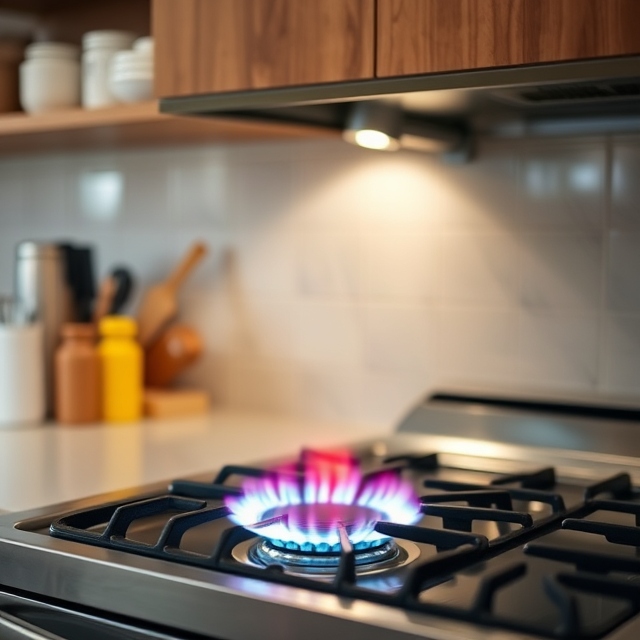Handling Food allergies in the Kitchen are more prevalent than you might think and they can be mild to life-threatening. For home cooks, bakers and general kitchen-gatherers, that means taking every precaution in your space so it’s safe for all diners especially if one of the eaters in your household has a food allergy. Besides being courteous, good practices can minimize the risk of severe allergic reactions and facilitate a safe, inclusive dining experience.
This blog will walk you through critical steps to assess risk, set up your kitchen, and implement Best Practices for Handling Food Allergies in the Kitchen. There are a few simple ways to cook and bake with confidence (and keep everyone safe), whether you’re a master chef or a weekend baker.
Understanding Food Allergies
What Are Food Allergies?
A food allergy is when the immune system behaves abnormally to certain proteins found in food. A true allergy will cause potentially serious symptoms which may include: swelling, hives, shortness of breath, and in extreme cases, anaphylaxis, a life-threatening reaction.
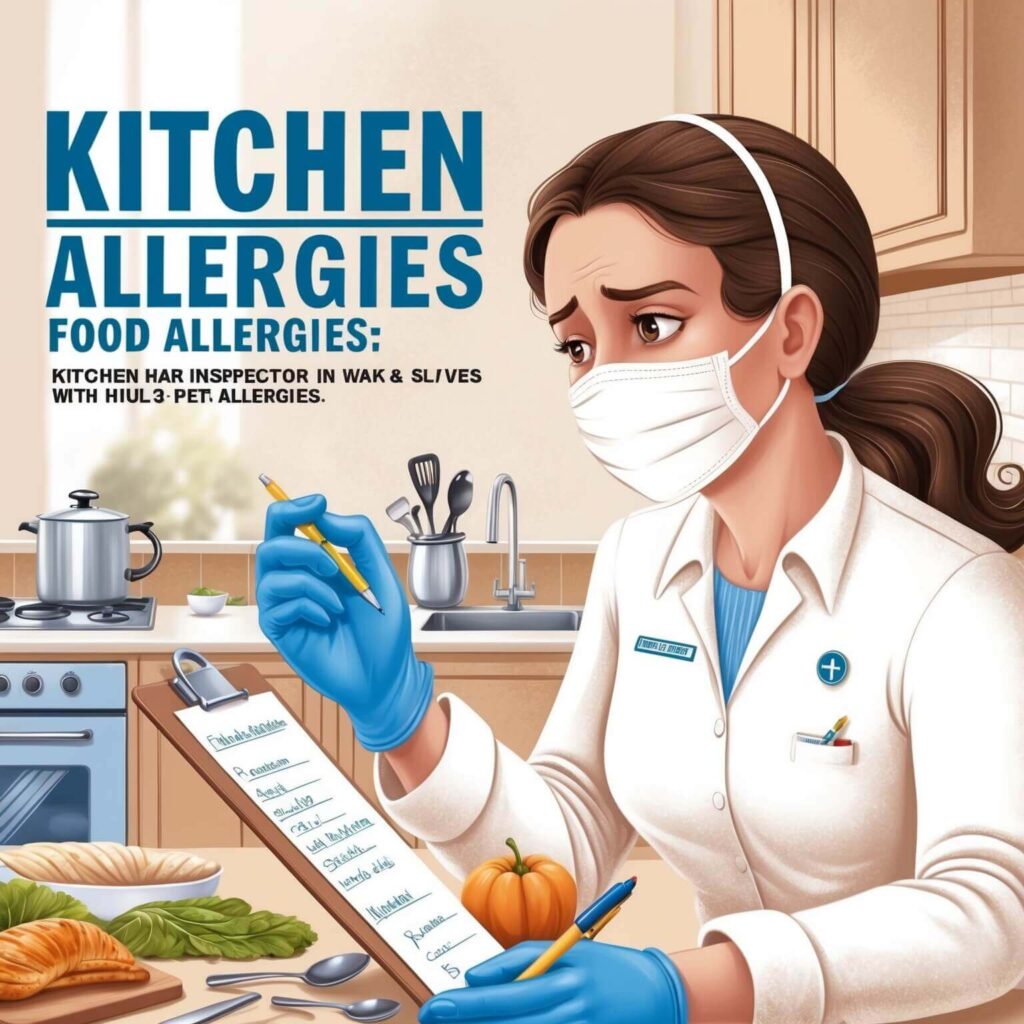
Common Allergens
As any food can cause an allergy, some allergens are more common:
- Peanuts and Tree Nuts (e.g., almonds, walnuts, cashews)
- Dairy (milk, cheese, butter, etc.)
- Gluten (in wheat, barley, and rye)
- Shellfish and Fish
- Eggs
- Soy
- Sesame
Knowing these allergens is the first step in creating a safe food environment.
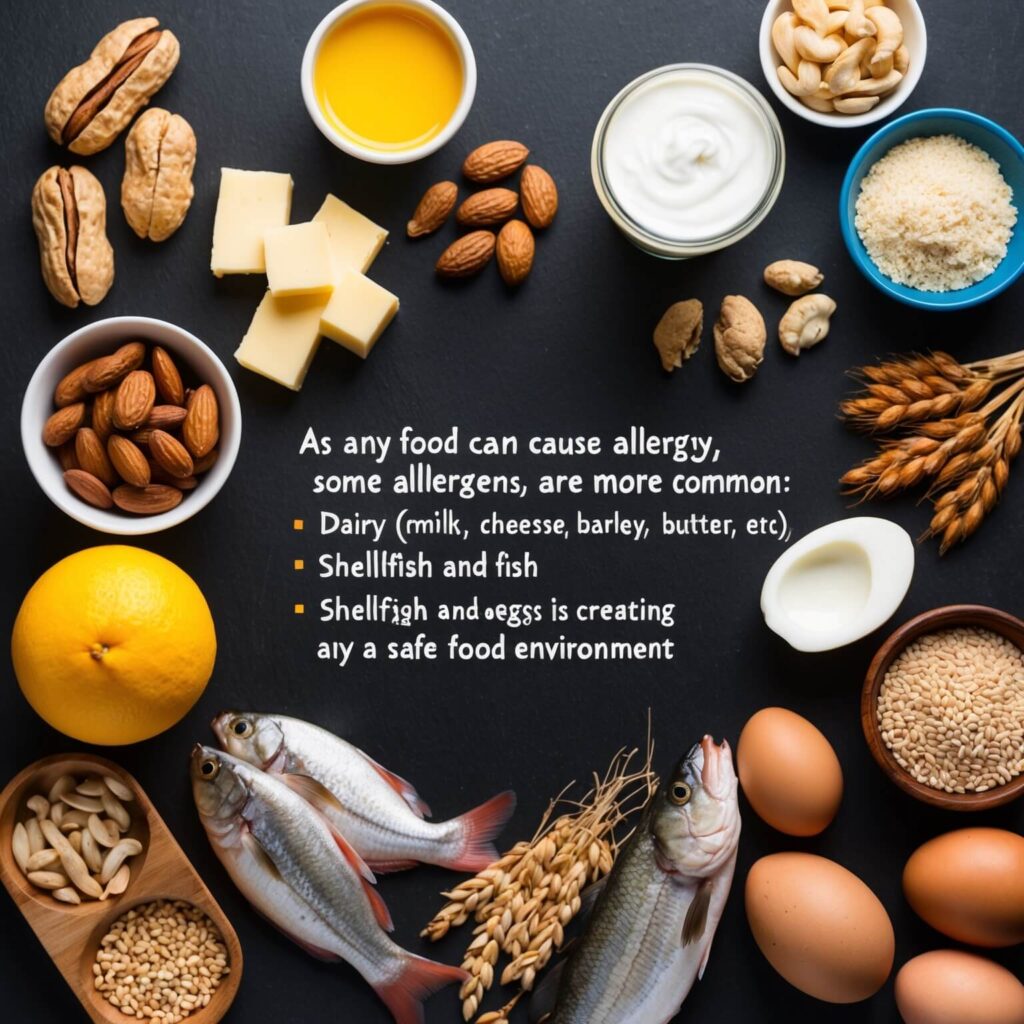
Kitchen Preparation
Preparation is critical before you even begin cooking. A clean and well-prepped kitchen lays the groundwork for safe cooking.
Step 1: Clean Your Workspace Thoroughly
The first step is to sanitize all surfaces where food is to be prepared. Use hot, soapy water and concentrate on places such as counters, cutting boards and stovetops. Tiny traces of allergens can cross-contaminate foods, so cleanliness counts.
Step 2: Keep different tools and equipment separate
Have separate cooking tools, cutting boards, and even pans for allergen-free cooking. Colour-coded utensils are a good idea if you don’t want to accidentally mix them up when preparing multiple dishes.
Step 3: Store Allergens Properly
Store allergenic food separately in a sealed area to avoid cross-contamination. For example, store peanut butter on a high shelf or in a container clearly labelled “allergens.” This prevents inadvertent contact during meal preparation.
Ingredient Management
Read Labels Carefully
Whenever you buy ingredients, read the labels to look for allergens or allergen warnings. Look out for disclaimers like “processed in a facility that processes nuts.”
Use Allergen-Free Substitutes
Not only are simple swaps able to transform recipes into allergen-safe versions, For example:
- Use plant-based dairy: oat milk, almond milk (if nuts are okay)
- Replace all-purpose flour with gluten-free alternatives such as almond or rice flour.
- Substitute eggs in baking with applesauce or flaxseed meal.
Keep a List of Safe Foods
Create a list of allergen-free brands and products that are safe and keep that close by when doing your shopping or meal prep.

Cooking Practices
Wash Your Hands Frequently
Wash your hands before and after handling food, especially if you’ve come in contact with allergens. Even doing that simple step decreases contamination risks immensely.
Avoid Cross-Contamination
Cross-contamination refers to the transfer of allergens from one food to another during food preparation. Have separate spatulas, knives and serving utensils for allergen-free food.
Cook allergen-free food first
If you’re preparing dishes with multiple dietary restrictions, make allergen-free foods the priority. Then, once the allergens are gone, it helps avoid contamination by residual allergens.
Food Storage
How you store food is as crucial as how you cook it.
Label All Food Containers
Clearly label containers to identify whether they are allergen-free or contain allergens. That makes it easy for everyone in the household to spot safe choices.
Separate Storage for Item Free of Allergens
Create clear “allergen-free” sections on each shelf or storage area to prevent cross-contact.
Monitor Expiration Dates
Old products can change the safety and quality of cooked foods. Going through expiration dates and getting rid of old products will help ensure everything in your kitchen is safe to eat.
Communication
Communication, therefore, is essential, particularly if you are cooking for someone else, or entertaining guests.
Let Family and Guests Know of Allergies
Ensure that everyone in your household understands the need to stay away from allergens. When entertaining, inquire ahead of time about dietary restrictions or food allergies.
Label Ready-Made Dishes Clearly
If you’re hosting a group, clearly label all food or dishes that contain allergens. It helps everyone to feel safe and included.”
Encourage Open Conversations
Normalize talking to friends and family about food safety. It instils a culture of awareness and minimizes the likelihood of unintentional reactions.
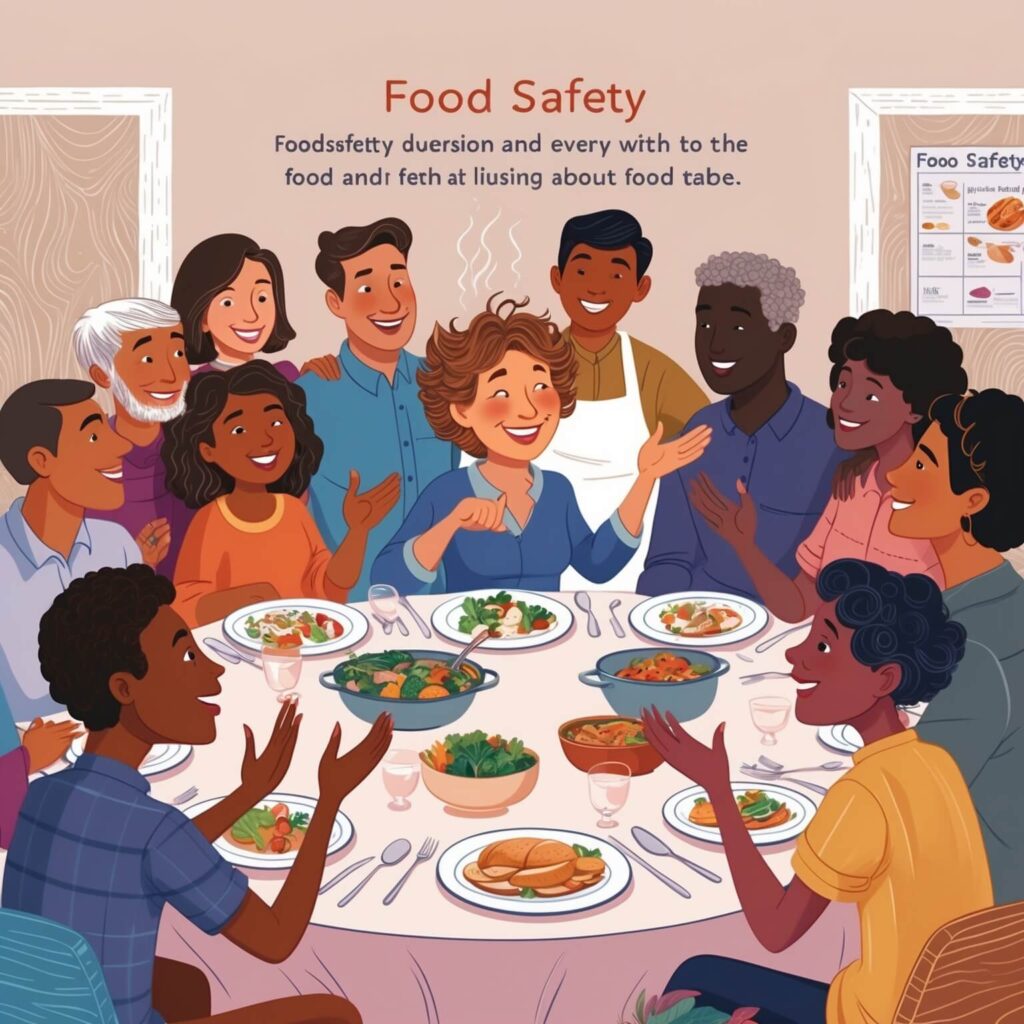
Emergency Preparedness
Even with the best precautions in place, emergencies do happen. Preparation can save lives, Wright said.
Keep an Allergy Action Plan
WRITE A PLAN — Create a written action plan to follow when having an allergic reaction. List of emergency contacts, details on how to take medication, preferred hospitals.
Have an Epinephrine Auto-Injector at the Ready
If you have severe allergies, it’s essential to have an epinephrine auto-injector, such as an EpiPen, with you. Make sure you know how to use one and check the expiration dates regularly.
Train Household Members
Everybody in your household should know how to identify severe allergic reactions and how to use emergency medication if necessary. In an emergency, awareness can prove to be a vital difference.
Be on guard in the kitchen
Dealing with food allergies in the kitchen takes vigilance, empathy and a commitment to safety. Awareness of allergens, kitchen prep, and safe cooking practices can keep your family and guests safe and help you serve up a joy-filled home-cooked meal.
As always, awareness and communication are your best friends. Making these best practices a habit will help you allow everyone at your table to enjoy mealtime with less stress.
For additional food and cooking tips, recipes and advice, see related posts of our community of cooks concerned about kitchens and health.
FAQ
To maintain an allergy-friendly kitchen:
Store allergen-free foods separately.
Use separate cookware and utensils for allergen-free meals.
Clean surfaces thoroughly to avoid cross-contact.
Label all food items to indicate allergens.
Educate family members about allergy safety.
Keep a food diary to track symptoms after eating.
Try an elimination diet to identify triggers.
Get an allergy test (skin prick test or blood test).
Consult an allergist for professional diagnosis.
Avoid allergenic foods completely.
Take antihistamines for mild reactions.
Use an EpiPen (epinephrine injection) for severe reactions (anaphylaxis).
Follow a doctor’s guidance for long-term allergy management.

